
Graves of the prophets surfaced after the recede of dam water
The area, where ex-graves of Prophet Elyesa and Nabi Harut located, surfaced with the withdrawal of Dicle Dam water, which one of its gates collapsed recently due to pressurized water. The tomb of Prophet Zulkifl still lays under the water.
The water level in the reservoir of Dicle Hes Dam, which was built 14 years ago in the Selman Neighborhood in Eğil, Diyarbakır, with the purpose of irrigation, drinking water and energy, increased rapidly last week due to the rainfall over the seasonal norms.
During the operation of opening one of the three spillways to control the rising water level, the radial gate of the dam was accidentally displaced. As a result, 1600 cubic meters/s of water began to discharge to the natural riverbed, which caused damage in properties.
With the withdrawal, about 5 meters of the water level of the dam, the graves of Prophet Elyesa, whose name mentioned in the Qur'an, and the tomb of Nabi Harut have surfaced. The tomb of the Prophet Zulkifl, whose name also mentioned in the Qur'an, did not surface because of its location is deeper.
In addition, with the withdrawal of the water, the area, which was a village before, also surfaced. The dome of the village mosque appeared. While some graveyards stand firm in the area, many graves have collapsed.
While it is known that the tomb of Nabi Harut remained under the water, the residents of Tekya village claims that the graves of Prophet Elyesa, Prophet Zulkifl, Nabi Hurmuz and Nabi Zennun were not moved, and still lay under the water.
"I lived in this village until I was 25"
Cumali Kılıç, one of the residents of Tekya neighborhood, stated that they used to stay in the surfaced area and said, "I lived in this village until the age of 25. We had to move when the dam was constructed in 96. The water depth is about 65-70 meters."
"We believe they didn't move the bodies of prophets"
Adding that the tomb of Elyesa Prophet still remains in its old site, Kılıç claimed that authorities did not move the bodies of prophets. "We were here when they worked to move the tombs of prophets. We did not see and we do not believe that the tombs of prophets were moved from here."
Zülküf Durgunsu, one of the residents of Ilgın village "The name of this village is Tekya. This name comes from its madrasah. We were walking through the village in time, we were going to Diyarbakır. Then the dam was built. For this reason, tombs of the Prophets were moved to their new site. The graves of Nabi Harun [Aaron] and Zulflis Prophets were moved to their new site."
The city of prophets; Eğil
Eğil, district of Diyarbakır, the southeastern province of Turkiye, which is known as the city of prophets, believed to host graves of Prophet Zulkifl, Prophet Elyesa, Prophet Enus, Nabi Harun, Nabi Omar, Nabi Hallak, Nabi Zannun, Nabi Harut, Nabi Danyal, and Nabi Hurmuz.
Eğil, one of the most important cultural and tourism centers of Diyarbakır, is an important district that has hosted many different civilizations in history, where different beliefs lived together.
The district, which is an ancient city, is a town that hosts pictures of King's daughter, the Assyrian Castle and many ancient caves.
Eğil castle
The most important of the fortresses built in Eğil region for the purpose of defense is Eğil Castle. In historical sources, the castle was built by Assyrians. The castle was built on the natural rocky ground and surrounded by deep valleys on three sides, and the other side had been carved for its strategy.
During the Assyrians period, only the inner fortress was built, and later the outer fortress was added. The fortress is fortified with fortification walls and bastions, and the outer wall starts right next to the valley and continues along the southern slope.
On the surface of the steep rocky area to the north of the fortress, the Assyrian king embossed in a rectangular panel obtained by leveling of the rock and a cuneiform written inscription that cannot be read today. The embossed is believed to belong to the King of Assyria III. Salmanassar [859–824 BC].
Tunnels found by carving the main rock in the Eğil Fortress. One of a tunnel, which starts right at the top of the tombs of Kings and goes down to the Tigris River, consists of 177 steps. The existence of the tunnel is clearly visible from the outside due to the collapse and spills.
Descriptive information about the castle and descriptive images are first mentioned in the work of Sherefname written by Bitlisian Sherefhan. "It is a strong castle built on a slanted arch, and it is so high that fear and prejudice dominate anyone who looks at it," says in the Sherefname.
Amini Castle: It has a 4-5 distance from town center. It is a castle built on a high rock at the point where two branches of the Tigris River meet.
Royal Tombs
To the northeast of the fortress, the tombs, on the shore of the Dicle Dam Lake, were shaped like a cluster by carving the main rock. The interior spaces of the tombs were arranged in the form of a room and in the north interior, there is a king figure in the form of a line. It is understood from the available information that the tombs belong to Assyrian kings. Historical sources of these graves say the graves were looted at 502 A.D. by II Shapur the king of Persian Sassanid. Despite this plunder, the royal tombs have survived to the present day.
Rock Tombs
On the southeast side of Eğil Castle, there are rock tombs in Konak Village and Balaban Village on the Amini castle. The rock tombs, which were estimated to have been built during the Byzantines, were built by carving the natural rock. The interior consists of a single room in the form of a room.
Dicle HES Dam and Carriage of the Tombs of the Prophets
Dicle [Tigris] Dam and Hydroelectric Power Plant [Dicle HES Dam] is located within the boundaries of Diyarbakır city, 50 kilometers away from Diyarbakır, at a distance of 800 meters from the site where the Maden and Dibni teas are united and consist the Tigris River, and at a distance of 22 kilometers from the Kralkızı Dam. Project work of the dam started in 1986.
The graves of Prophet Zulkifl and Elyesa were at risk of remaining under the water after the construction work of the dam had started.
Tombs of the prophets of Zulkifl and Elyesa were moved to the tomb built at Nabi Harun Hill on 13-16 September 1995 in cooperation with the Directorate of Religious Affairs and the General Directorate of Foundations.
A delegation of 9 people was formed for the move of graves. This delegation included the District Governor Selim Çapar, District Mufti Ekrem Abbasioğlu, Mufti officer Burhanettin İncedursun, former madrasah teacher Molla Ömer Kalkan, former madrasa teacher Imam Sadullah Kızılay, District Governor officer Mahmut Laçin and three workers. First, the tomb of Prophet Elyesa was moved and this work lasted 2 days. Then the tomb of Prophet Zulkifl was reached and moved.
The delegates reported that in alliance, both bodies and shrines had not been decayed in any way; as if they died yesterday.
"It was like a person's sleep."
It is stated that Mullah Omer Kalkan, who was in charge of the transport of both Prophet Zulkifl and Prophet Elyesa graves, said:
"I saw both bodies with my eyes. Their bodies were as people died newly. They were as if a person was sleeping. It was totally like a sleeping human who do not move. Their body shapes were like an alive person. I touched personally to their hands and bellies. There were no decaying at all."
Mullah Omer stated that he couldn't open their [Prophets'] faces because of the respect and embarrassment he had for them. "I saw the hair of Prophet Zulkifl and I immediately covered it. There was not even a drop of stain on their shroud. Their shrouds were white and all clean."
Elyesa Prophet
His real name is Elyesa Ibn Uhtub Ibn Acus, the Prophet Elyesa mentioned burying in Eğil cited in Diyarbakır yearbook written in 1898. Prophet Elyesa was known that he lived during the era of Prophet Ilyas, and in charge as a messenger to spread the commands of Allah received by Prophet Moses. Prophet Elyesa is mentioned in the Qur'an in two different verses.
Since the grave of Elyesa Prophet would remain in the basin of Tigris Dam Lake, his body was transferred to the tomb built on the Nabi Harun Hill along with the body of Zulkifl Prophet, on 13-16 September 1995 by the committee formed by Eğil District Governorate.
Zulkifl Prophet
Although there is information that the Prophet Zulkifl is the son of Prophet Eyub, there is also information that he is the uncle of the Prophet Elyesa.
The Prophet Zülkifl, who was given the duty of Prophethood, informed people about the commands and prohibitions of the religion, which was received by the Prophet Moses. His name mentioned in the Qur'an in 2 verses.
Nabi Harun
Nabi Harun, who was estimated to have lived between 1000-900 B.C., is Asaf bin Behriyan. It is rumored that he was the secretary of Prophet Suleiman, brought the throne of Belkis in a second. In 971 B.C., during the reign Prophet Suleiman, he was appointed as the head of the armies to spread conquest and religion. He, along with his relative Nabi Omar, conquered the region of Eğil. Nabi Harun, who continued to live in Eğil, died here. His tomb is in the Nabi Harun cemetery, located at the southeast of the Eğil district.
Nabi Hallak
It is rumored that Nabi Hallak, who was supposed to have lived in 100 B.C., was a relative of Zechariah Prophet, and he came to Diyarbakır region for inviting people to the right path. The tomb of Nabi Hallak, who is believed to be a prophet, is in the cemetery at the entrance of Eğil district.
Nabi Harut
Nabi Harut was a prophet and the grave is stated to be in Eğil. Nabi Harut's tomb, located 4 kilometers outside of Eğil in the Haciyan neighborhood near the old tomb of Zulkifl Prophet, and remains under the Dicle Dam water after the dam construction.
Nabi Zunnun [Prophet Yunus (Jonah)]
It is estimated that he lived between 900-800 B.C. In some accounts, it is rumored that this prophet might be Prophet Yunus. In the Qur'an, the name of Yunus is mentioned as Zunnun. Prophet Yunus lived in the capital of Assyrian State, Nineveh, Mosul, B.C. in 850. Prophet Yunus left Nineveh, came to Diyarbakır and stayed here for seven years after his people did not believe him. His tomb is located in Çapan neighborhood of Eğil, district of Diyarbakır.
Nabi Omer
Together with his relative Nabi Harun, they conquered the Eğil region. Nabi Ömer who lives in Eğil died here. His grave is located in Nabi Harun Tomb, 2 kilometers southeast of Eğil district.
Nabi Hurmuz
Nabi Hurmuz is the son of the brother of Prophet Elyasa. His grave is in Tekya neighborhood of Eğil.
Nabi Danyal
He is one of the four sons of Prophet Zulkifl, who fled Al-Quds along with his brothers Uzeyir, Mishael and Hamanya from the tyrants of Babylon King Bahtunnasar. The grave of the Prophet Danyal is located in the backyard of the security building of the Eğil district.
ILKHA



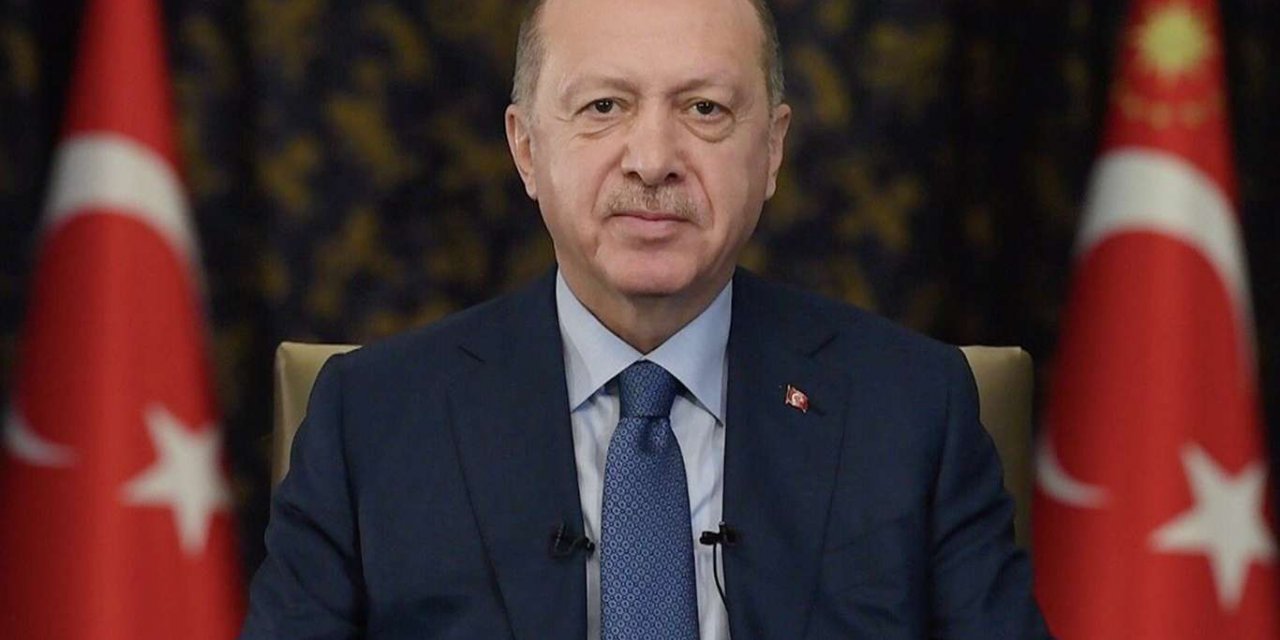

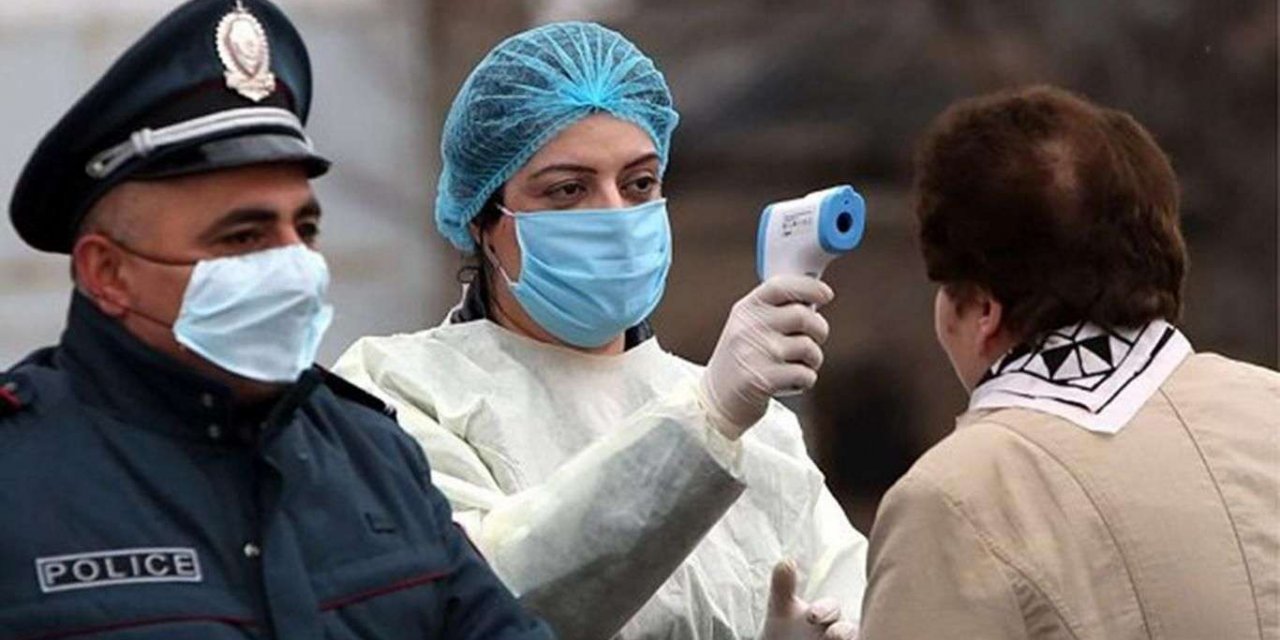
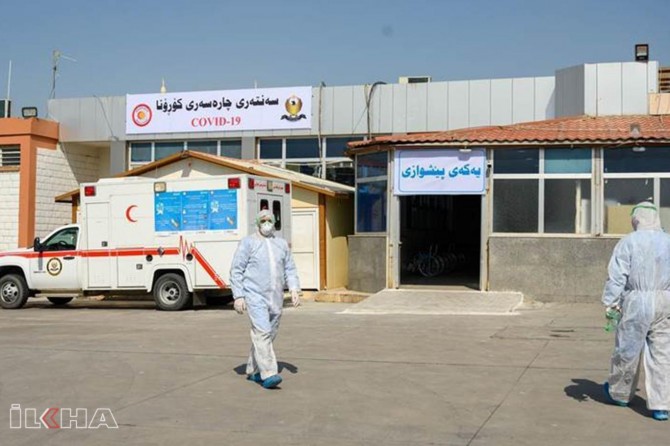
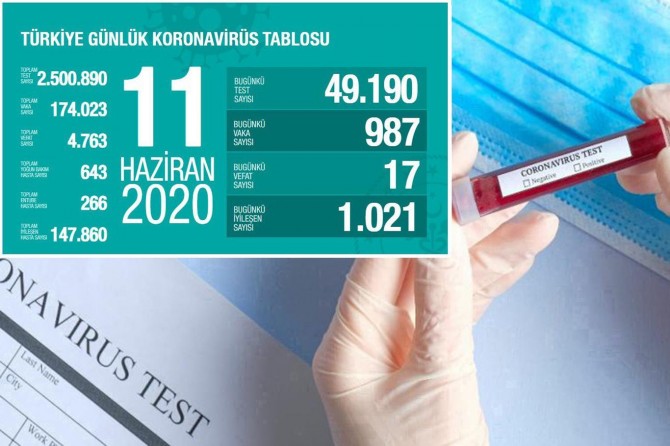
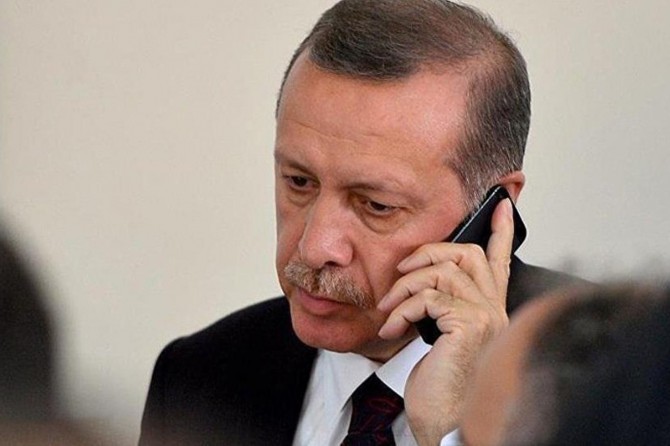
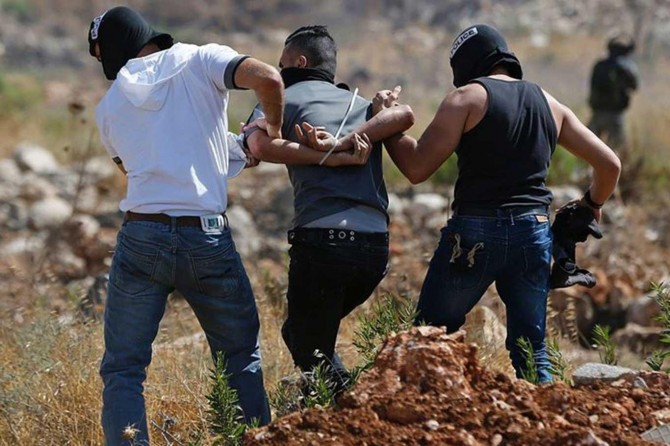
Türkçe karakter kullanılmayan ve büyük harflerle yazılmış yorumlar onaylanmamaktadır.